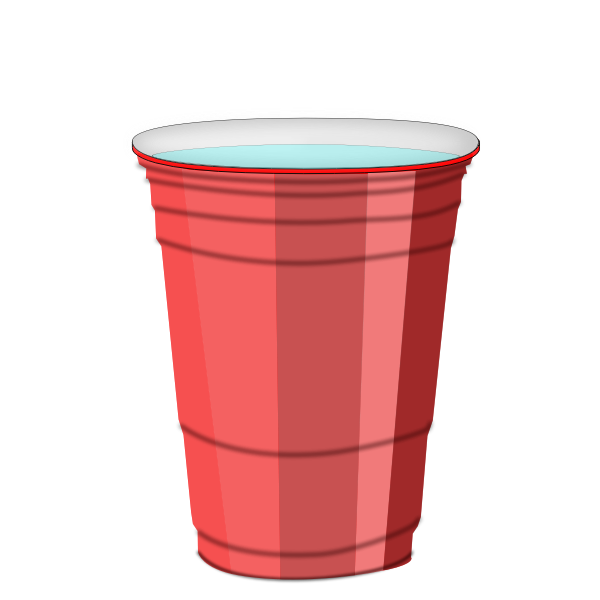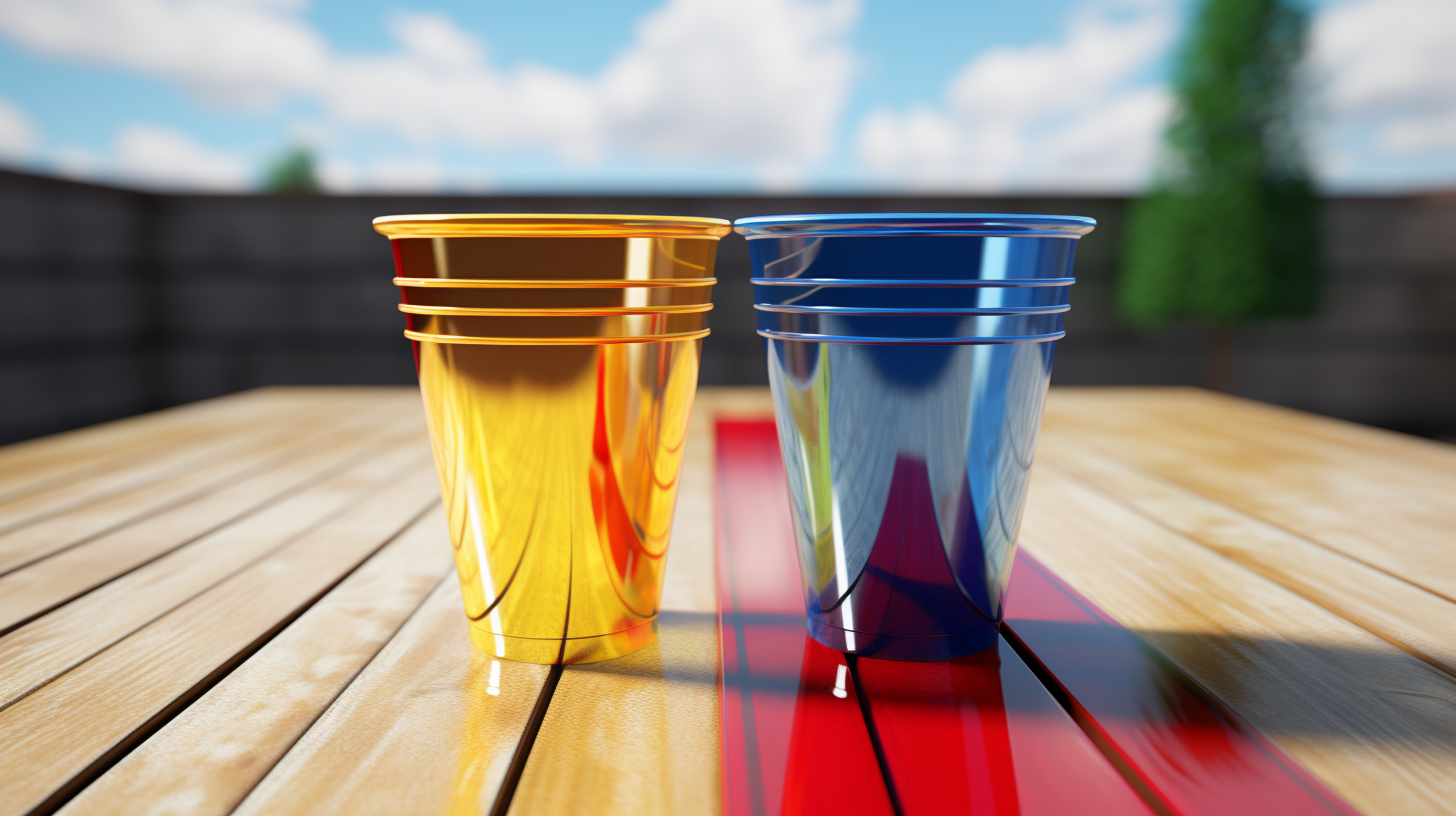Can You Play Flip Cup With Teams of Uneven Numbers?
Gather ’round, flip cup enthusiasts! Today, we’re diving into the question of whether or not flip cup can be played with teams of uneven numbers. As a subject-matter expert in all things drinking game-related, I’m here to shed some light on this popular inquiry.
Flip cup, also known as flippy cup, is a high-energy drinking game that requires coordination, teamwork, and a competitive spirit. Traditionally played with two teams facing off against each other, each consisting of an equal number of players, flip cup has become a staple at parties, tailgates, and college gatherings.
However, sometimes you may find yourself in a situation where the number of players on each team is uneven. So, let’s dive into the specifics of whether we can still play flip cup with unevenly-sized teams and how it can be adapted to accommodate such scenarios.
1. The Traditional Flip Cup Setup
Before we discuss playing flip cup with uneven teams, we need to have a clear understanding of the traditional setup. In a standard game of flip cup, the teams are usually divided evenly, with an equal number of players on each side.
The basic equipment required for flip cup includes a long table, plastic cups, and a sufficient quantity of your favorite beverages. Each player on a team stands behind their cup, typically arranged in a straight line, and at the sound of “go,” the game begins.
Starting from one end of the table, the first player on each team drinks their beverage, places the empty cup upside down on the edge of the table, and proceeds to flip it with a finger, aiming to land it upright. Success is measured by the cup landing in the correct position. Once successful, the next player on the team proceeds to do the same until all cups are successfully flipped, declaring the team as the winner.
Now, let’s explore how we can adapt this setup when the number of players on the teams is uneven.
2. Adapting Flip Cup to Uneven Teams
When faced with unevenly-sized teams, it is important to ensure fairness, maintain the spirit of competition, and keep the game as balanced as possible. Here are a few adaptation strategies for playing flip cup with teams of uneven numbers:
- 1. Ghost Cup: The team with fewer players can introduce a “ghost cup” to create balance. The ghost cup acts as a common cup that any player from the smaller team can flip after finishing their drink. The main aim of this strategy is to provide equal opportunities for both teams to flip cups, even with disparate player counts.
- 2. Rotating Players: In this adaptation, players take turns representing their team in consecutive rounds. All players get a fair chance to participate, ensuring that even though the team sizes are uneven, each individual has an equal role in the game. This method also prevents exhaustion as players take turns between rounds.
- 3. Substitute Players: If there are surplus players available, they can act as substitute participants during each round. They will have to rotate between the teams to maintain an even number of players for each flip cup attempt. This way, no team has an advantage due to an unequal number of participants.
By implementing these strategies, you can make flip cup fun and inclusive regardless of the uneven team numbers. Remember, the goal is to ensure everyone’s enjoyment and involvement in the game.
3. Potential Challenges and Additional Considerations
While playing flip cup with teams of uneven numbers can inject excitement into the game, it’s important to consider a few additional challenges and plan accordingly:
- 1. Communication: Ensure everyone is aware of the adaptations being made to account for uneven teams. Clearly explain the rules and expectations to avoid confusion or arguments during gameplay.
- 2. Space Constraints: Keep in mind that an overcrowded table can hinder players’ attempts to flip cups, especially when accommodating substitute participants. Consider using a larger table or adjusting the number of cups per team accordingly.
- 3. Fairness: Strive to create an environment where fairness is the priority. Encourage good sportsmanship and equal opportunities for all players, regardless of the team they are on or the role they play.
By addressing these potential challenges and considering the unique dynamics of your group, you can ensure a smooth and enjoyable experience while playing flip cup with uneven teams.
4. Conclusion
So, can you play flip cup with teams of uneven numbers? Absolutely! By implementing adaptations such as the ghost cup, rotating players, or using substitute participants, you can create a level playing field and maintain the excitement of the game, regardless of team size discrepancies.
As with any drinking game, it’s essential to emphasize responsible alcohol consumption and prioritize everyone’s safety during gameplay. Never pressure anyone to participate if they are not comfortable or if they have had enough to drink.
Now, armed with these insights, go forth and organize a flip cup tournament that will be the envy of your friends! Cheers, and may the flips be forever in your favor!


Leave a Reply